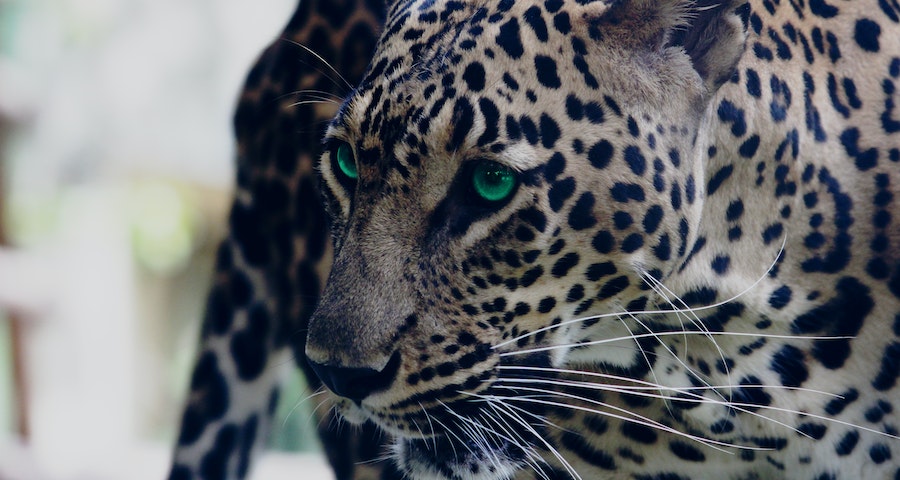
Cats are one of the most fascinating creatures on earth. They come in different breeds, colors, sizes, and temperaments. However, despite their differences, domestic cats and wild cats share several common traits that make them appear similar. As a cat lover, it is interesting to explore and understand these shared traits. In this blog post, we will delve into the world of cats and examine the common characteristics that make domestic and wild felines alike.
Contents
Hunting Instincts
One trait that is inherent in all cats, whether domestic or wild, is their hunting instinct. This instinct allows them to stalk, chase, and capture prey efficiently. Even domestic cats have preserved their hunting instincts, although their meals no longer depend on it. On the other hand, wild cats rely on hunting to survive, and their keen senses are sharpened with use. The hunting instinct is what makes cats natural athletes and excellent problem solvers.
Agility
Cats are agile creatures, and this trait is possessed by both domestic and wild cats. Agility allows cats to move quickly and effortlessly, jump to great heights, and climb trees with ease. It is also the reason why cats can escape danger quickly. To maintain agility, cats require daily exercise, and both domestic and wild cats are known to exercise frequently.
Independent Nature
Another trait that domestic and wild cats share is their independent nature. Unlike dogs, cats do not require constant human attention and can comfortably entertain themselves. They are also less needy and can survive alone for extended periods. Wild cats, like tigers and lions, prefer to be alone and only come together for breeding purposes or when necessary. Domestic cats also require personal space and rarely seek attention unless they want it.
Communication Methods
Cats have several unique communication methods that they use to convey their emotions, and many of these methods are shared between domestic and wild cats. For instance, cats purr, hiss, and meow to express their moods. All cats also use their tails to communicate their disposition, wagging their tail when happy or moving it back and forth when irritated. Additionally, cats use their eyes and body language to communicate with other cats.
Adaptability
Cats, whether domestic or wild, are incredibly adaptable creatures. They can quickly acclimate to new environments and situations. With proper introduction, domestic cats can adjust to new surroundings with ease, while wild cats can learn to hunt different prey, survive in new climates, and learn to avoid danger. Adaptability is what has allowed cats to thrive in almost all continents of the world, from the African savannahs to the frigid Arctic tundra.
Conclusion
In conclusion, domestic and wild cats share several traits, including their hunting instincts, agility, independent nature, communication methods, and adaptability. These traits are what make cats fascinating creatures that continue to captivate humans worldwide. Understanding these shared traits can help us appreciate our feline friends better, and appreciate the beauty of all cats.
